Advancements in Technology
Technological advancements play a pivotal role in shaping the Mobile Hotspot Market. Innovations in wireless technology, such as the rollout of 5G networks, are enhancing the capabilities of mobile hotspots. These advancements enable faster data transfer rates and improved connectivity, which are crucial for users who require high-speed internet access. Furthermore, the integration of advanced features such as dual-band connectivity and enhanced battery life is making mobile hotspots more appealing to consumers. As technology continues to evolve, the Mobile Hotspot Market is likely to see an influx of new products that cater to the growing expectations of users. This technological evolution not only enhances user experience but also drives competition among manufacturers, leading to a more dynamic market landscape.
Rising Mobile Data Consumption
The Mobile Hotspot Market is experiencing a surge in demand due to the increasing consumption of mobile data. As more individuals and businesses rely on mobile devices for internet access, the need for portable connectivity solutions has intensified. Reports indicate that mobile data traffic is projected to grow exponentially, with estimates suggesting a compound annual growth rate of over 25% in the coming years. This trend is driven by the proliferation of streaming services, social media, and online gaming, which require substantial data usage. Consequently, mobile hotspots are becoming essential tools for users seeking reliable internet access on the go. The Mobile Hotspot Market is thus positioned to benefit from this rising demand, as consumers look for efficient ways to manage their data consumption while maintaining connectivity.
Growing Adoption of Smart Devices
The proliferation of smart devices is a key driver for the Mobile Hotspot Market. As consumers increasingly adopt smartphones, tablets, and other connected devices, the need for seamless internet access becomes paramount. Mobile hotspots serve as a vital link, enabling users to connect multiple devices to the internet simultaneously. Market data indicates that the number of connected devices per household is on the rise, with estimates suggesting an average of over ten devices per home. This growing ecosystem of smart devices necessitates reliable and portable internet solutions, positioning mobile hotspots as essential tools for consumers. The Mobile Hotspot Market is thus likely to benefit from this trend, as users seek efficient ways to manage their connectivity needs across various devices.
Increased Remote Work and Learning
The shift towards remote work and online learning has significantly impacted the Mobile Hotspot Market. As organizations and educational institutions adapt to flexible work arrangements, the demand for reliable internet access has surged. Mobile hotspots provide a convenient solution for individuals who require connectivity outside traditional office or classroom settings. Data suggests that a substantial percentage of the workforce now relies on mobile devices for work-related tasks, further driving the need for portable internet solutions. This trend is expected to persist, as remote work becomes a more permanent fixture in many sectors. Consequently, the Mobile Hotspot Market is likely to expand as more users seek dependable connectivity options to support their professional and educational endeavors.
Enhanced Focus on Security and Privacy
As concerns over data security and privacy continue to rise, the Mobile Hotspot Market is witnessing an increased emphasis on secure connectivity solutions. Users are becoming more aware of the potential risks associated with public Wi-Fi networks, leading to a growing preference for mobile hotspots that offer enhanced security features. Manufacturers are responding by integrating advanced encryption protocols and secure access options into their products. This focus on security not only addresses consumer concerns but also positions mobile hotspots as a safer alternative to traditional Wi-Fi solutions. Market trends indicate that consumers are willing to invest in devices that prioritize their online safety, suggesting a potential growth trajectory for the Mobile Hotspot Market as security becomes a critical factor in purchasing decisions.


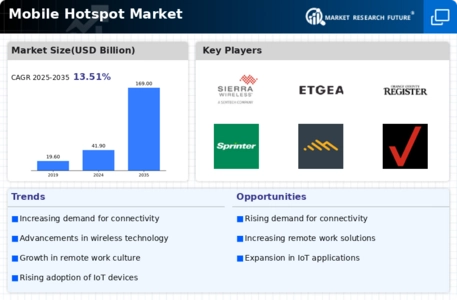

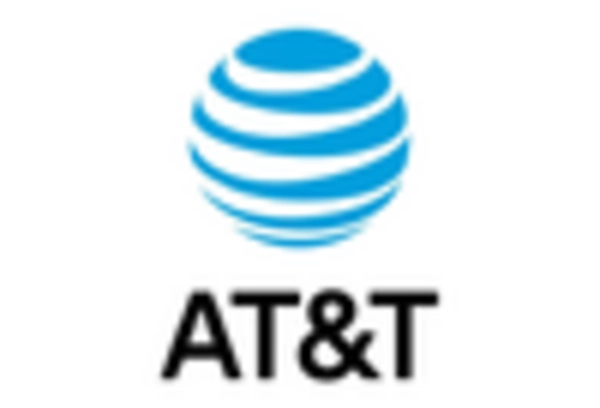

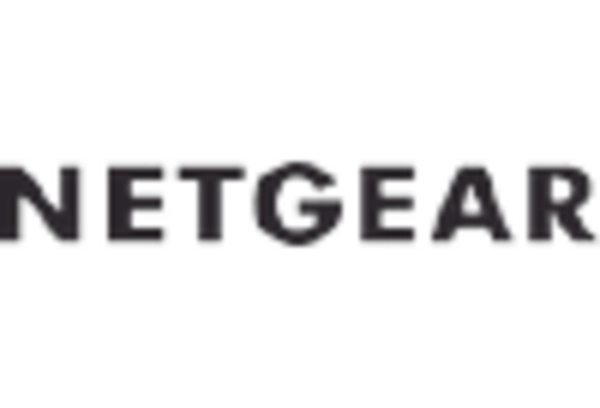
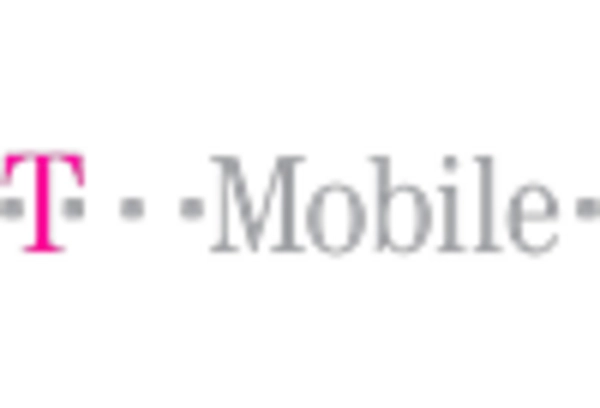

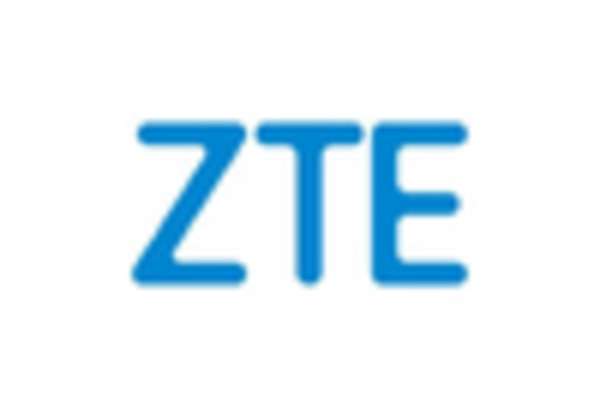








Leave a Comment